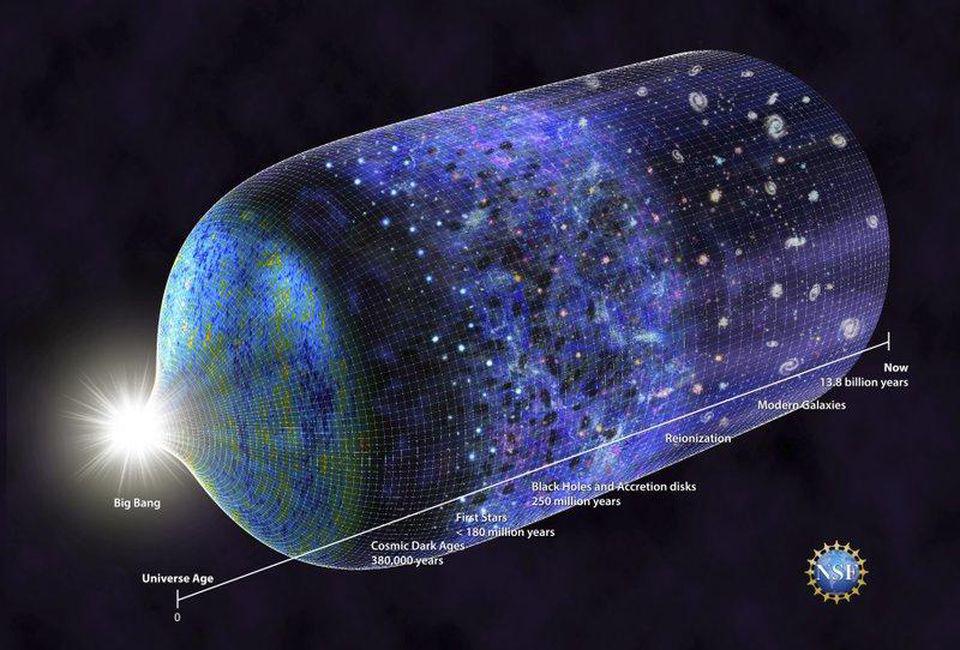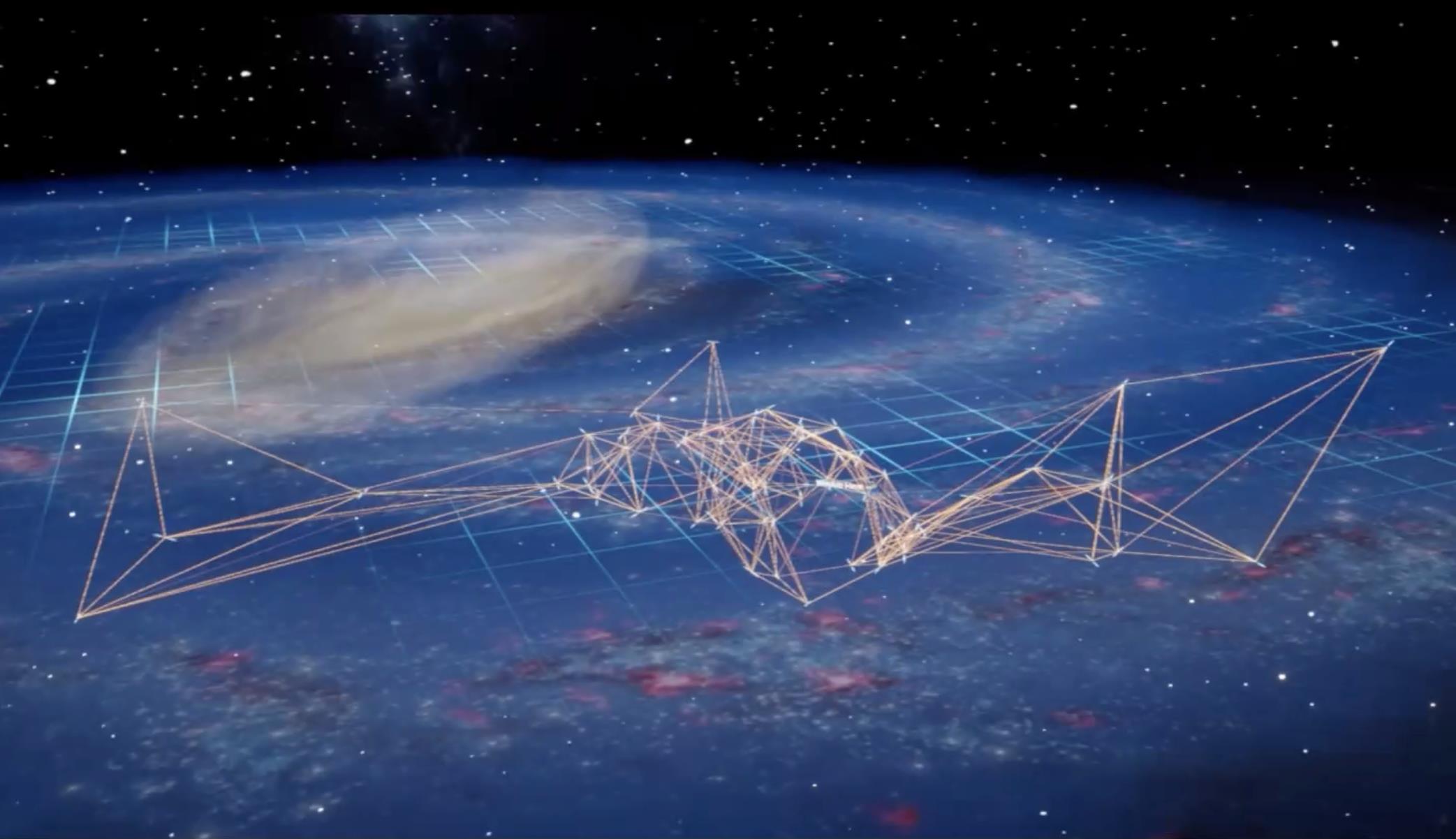Is “groupthink” in science a problem or a myth?
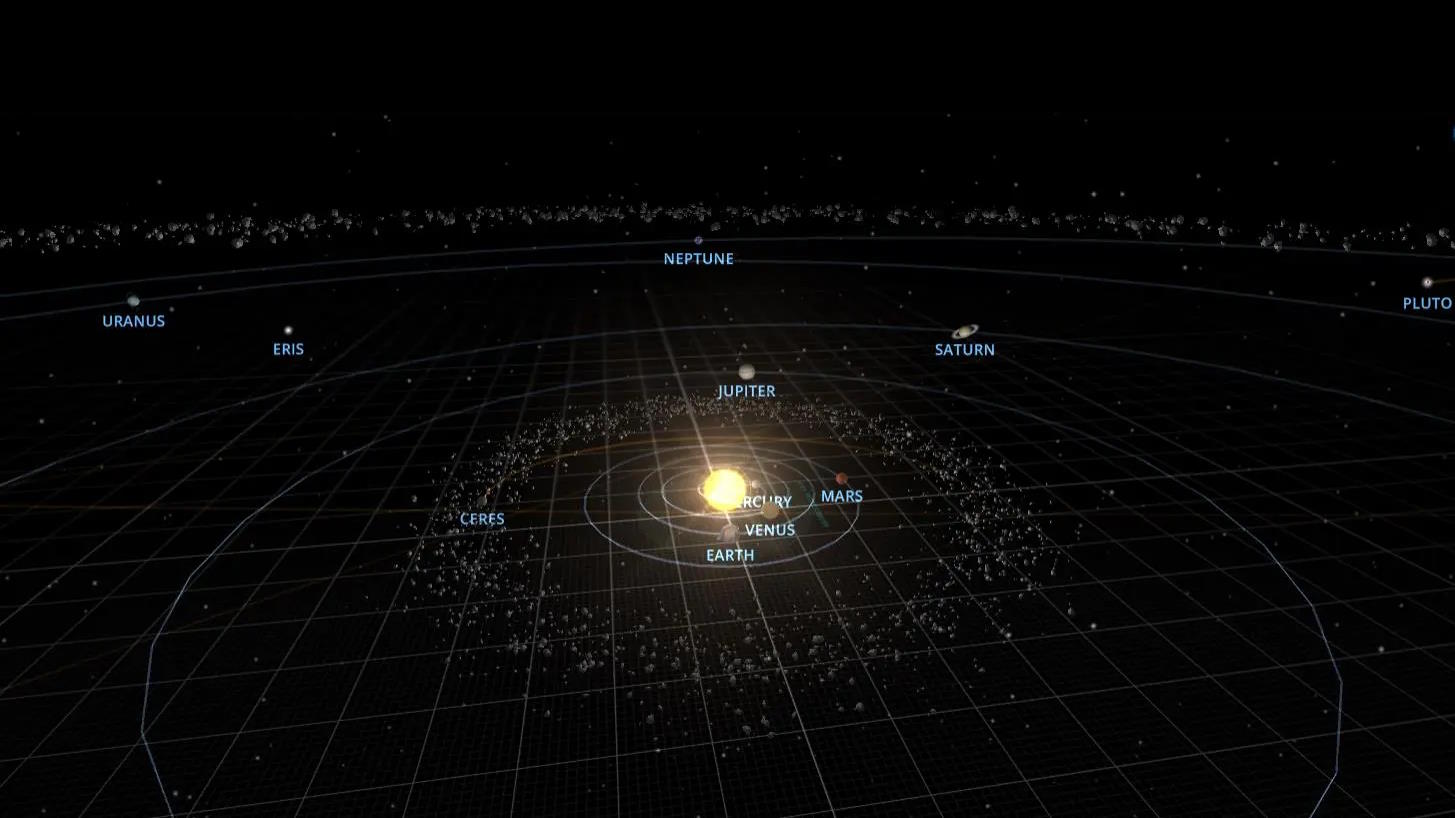
- Whenever a new idea comes around, scientists are quick to pounce on any problems it may have and any conflicts that it has with already-existing data.
- To the public eye, this might look like scientists are succumbing to groupthink and an unreasonable resistance to any new ideas. This isn’t the case at all, however.
- It’s precisely the success of our current theories in the face of extraordinarily precise and diverse lines of evidence that make them so powerful. The accusations of “groupthink” are merely a myth.
Some 500 years ago, there was one scientific phenomenon that was, without controversy, extremely well-understood: the motion of the celestial objects in the sky. The Sun rose in the east and set in the west with a regular, 24 hour period. Its path in the sky rose higher and the days grewf longer until the summer solstice, while its path was the lowest and shortest on the winter solstice. The stars exhibited that same 24 hour period, as though the heavenly canopy rotated throughout the night. The Moon migrated night-to-night relative to the other objects by about 12° as it changed its phases, while the planets wandered according to the geocentric rules of Ptolemy and others.
We often ask ourselves, “How was this possible?” How did this geocentric picture of the Universe go largely unchallenged for well over 1,000 years? There’s this common narrative that certain dogma, like the Earth being stationary and the center of the Universe, could not be challenged. But the truth is far more complex: the reason the geocentric model held sway for so long wasn’t because of the problem of groupthink, but rather because the evidence fit it so well: far better than the alternatives. The biggest enemy of progress isn’t groupthink at all, but the successes of the leading theory that’s already been established. Here’s the story behind it.
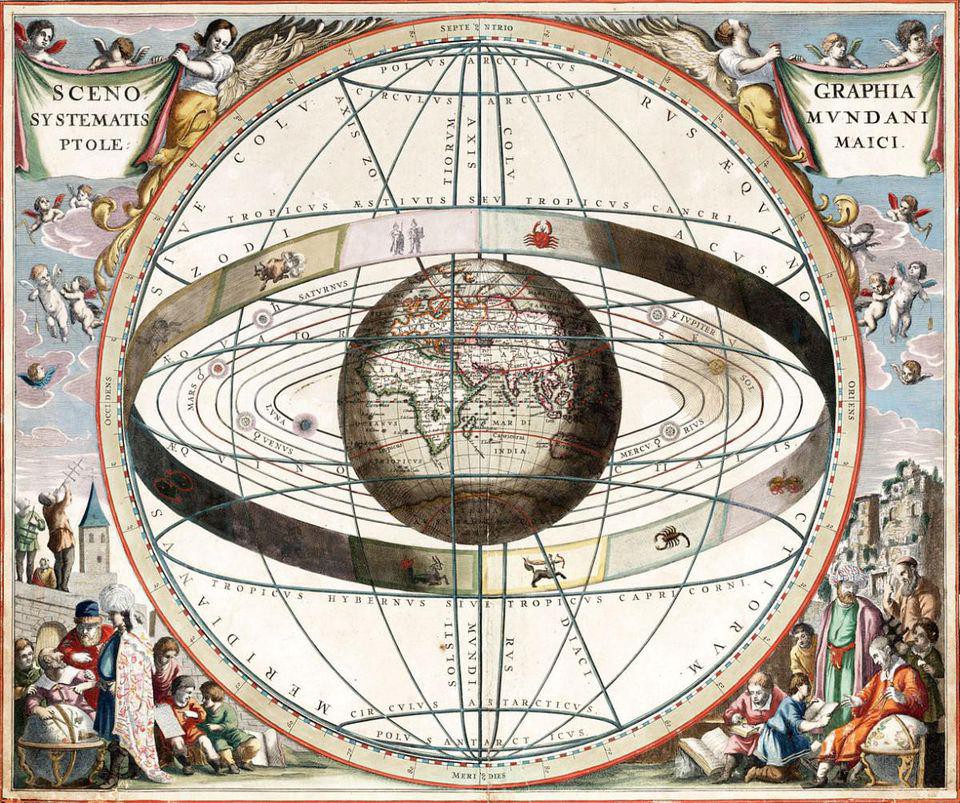
Although it isn’t well known, the idea of a heliocentric Universe goes back at least more than 2,000 years. Archimedes, writing in the 3rd century BCE, published a book called The Sand Reckoner, where he begins contemplating the Universe beyond Earth. Although he isn’t quite convinced by it, he recounts the (now lost) work of his contemporary, Aristarchus of Samos, who argued the following:
“His hypotheses are that the fixed stars and the sun remain unmoved, that the earth revolves about the sun on the circumference of a circle, the sun lying in the middle of the orbit, and that the sphere of the fixed stars, situated about the same center as the Sun, is so great that the circle in which he supposes the earth to revolve bears such a proportion to the distance of the fixed stars as the center of the sphere bears to its surface.”
The work of Aristarchus was recognized as having great importance for two reasons that have nothing to do with heliocentrism, but nonetheless represented huge advances in the early science of astronomy.
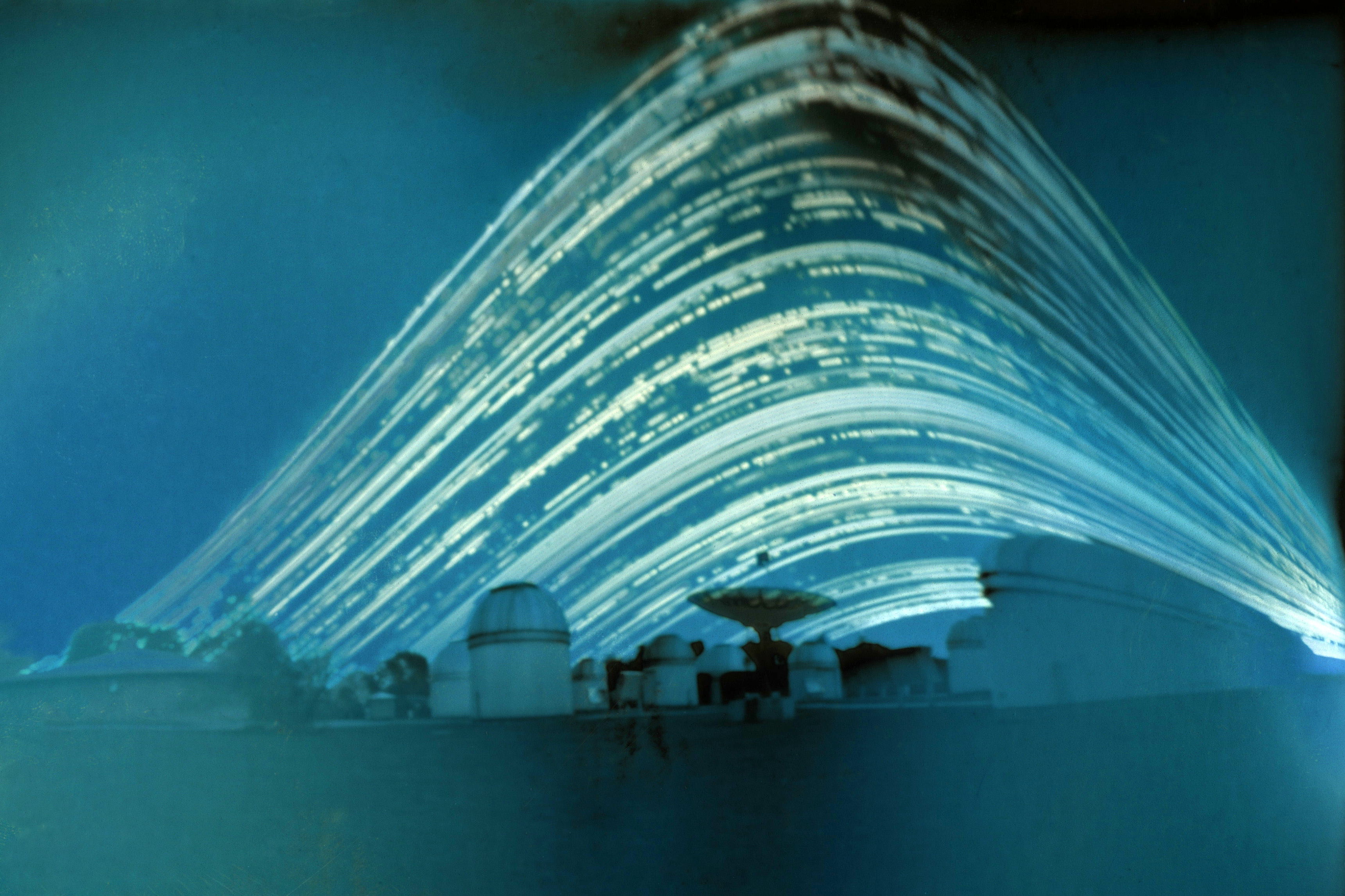
Why do the heavens appear to rotate? This was an enormous question of the time. When you look at the Sun, it appears to move through the sky in an arc each day, where that arc is a fraction of a 360° circle: about 15° each hour. The stars also move the same way, where the entire night sky seems to rotate about the Earth’s north or south pole (depending on your hemisphere) at that exact same rate. The planets and Moon do nearly the same thing, just with the tiny, extra addition of their nightly motion relative to the background of stars.
The issue is that there are two ways to account for this:
- The Earth is stationary, and the heavens (and everything in them) rotate about the Earth with a rotational period of 360° every 24 hours. In addition, the Moon and planets have a slight, extra motion.
- The stars and other heavenly bodies are all stationary, while the Earth rotates about its axis, with a rotational period of 360° every 24 hours.
If all we saw were the objects in the sky, either one of these explanations could fit the data perfectly well.

And yet, practically everyone in the ancient, classical, and medieval world went with the first explanation and not the second. Was this a case of dogmatic groupthink?
Hardly. There were two major objections that were raised to the scenario of a rotating Earth, and neither one was successfully addressed until the Renaissance.
The first objection is that if you dropped a ball on a rotating Earth, it wouldn’t fall straight down from the perspective of someone standing on the Earth, but rather would fall straight down while the person on Earth moved relative to the falling ball. This was an objection that persisted through the time of Galileo, and was only resolved with an understanding of relative motion and the independent evolution of horizontal and vertical components for projectile motion. Today, many of these properties are known as Galilean relativity.
The second objection was even more severe, though. If the Earth rotated about its axis every 24 hours, then your position in space would differ by the diameter of Earth — about 12,700 km (7,900 miles) — from the start of the night to the end of the night. That difference in position should result in what we know astronomically as parallax: the shifting of closer objects relative to the more distant ones.
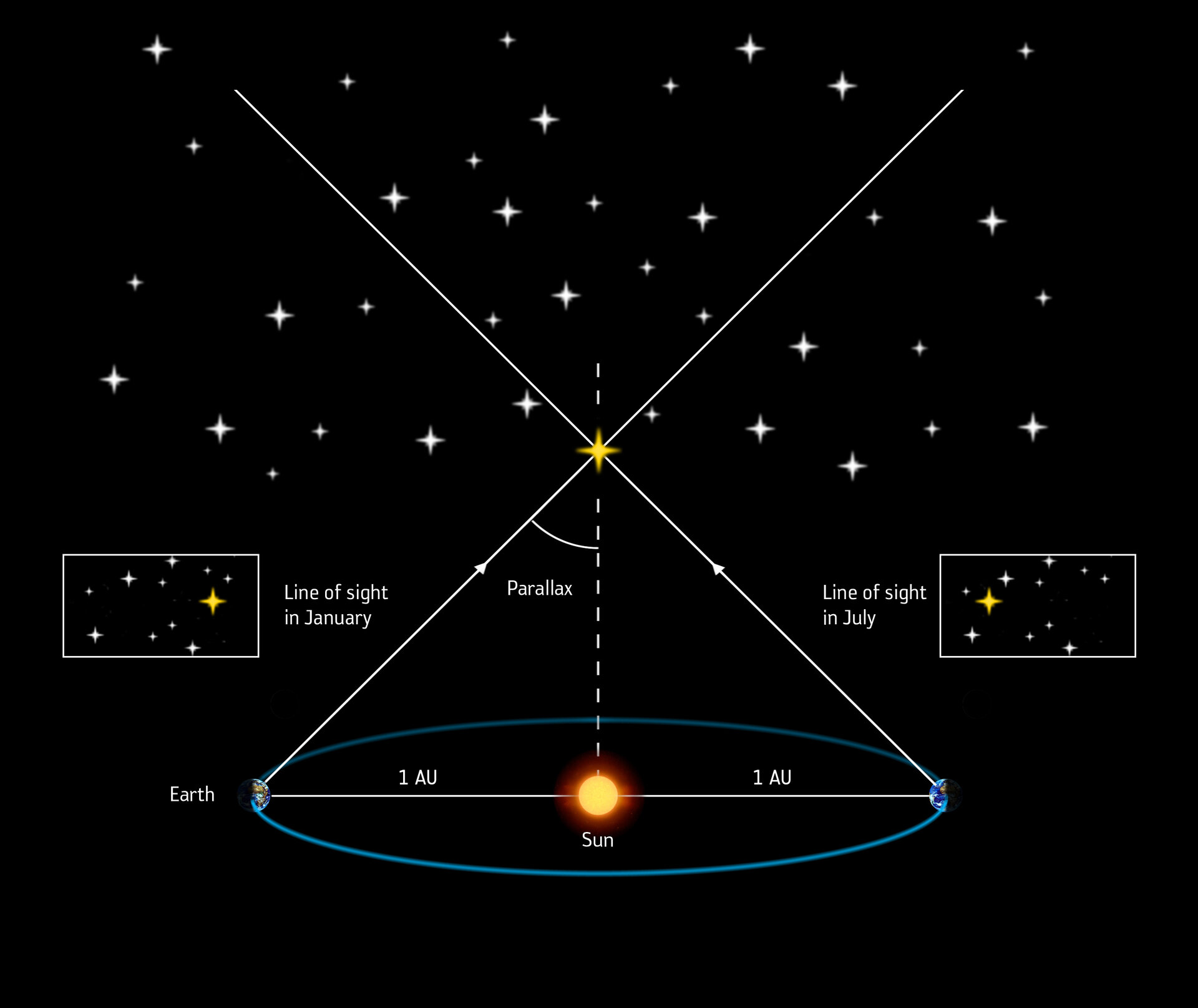
And yet, no matter how acute your vision was, nobody had ever observed a parallax for any of the stars in the sky. If they were at different distances and the Earth was rotating, we’d expect to see the closest ones shift position from the beginning of the night to the end of the night. Despite that prediction, no parallax was ever observed for more than 1000 years.
With no evidence for the rotating Earth here at Earth’s surface, and no evidence for parallax (and hence, a rotating Earth) among the stars in the heavens, the explanation of the rotating Earth was disfavored, while the explanation of a stationary Earth and a rotating sky — or a “celestial sphere” beyond Earth’s sky — was chosen as the favored explanation.
Were we wrong? Absolutely.
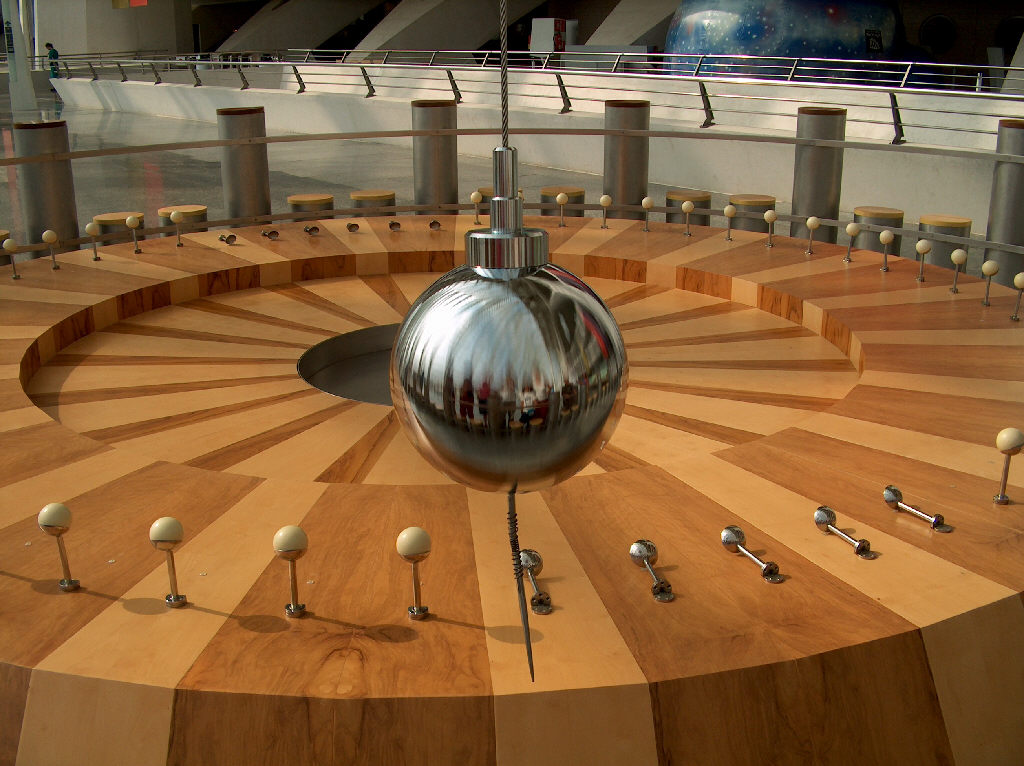
The Earth does rotate, but we didn’t have the tools or the precision to make quantitative predictions for what we’d expect to see. It turns out that the Earth does rotate, but the key experiment that allowed us to see it on Earth, the Foucault pendulum, wasn’t developed until the 19th century. Similarly, the first parallax wasn’t seen until the 19th century either, owing to the fact that the distance to the stars is enormous, and it takes the Earth migrating by millions of kilometers over weeks and months, not thousands of kilometers over a few hours, for our telescopes to detect it.
The problem was that we didn’t have the evidence at hand to tell these two predictions apart, and that we conflated “absence of evidence” with “evidence of absence.” We couldn’t detect a parallax among the stars, which we expected for a rotating Earth, so we concluded that the Earth wasn’t rotating. We couldn’t detect an aberration in the motion of falling objects, so we concluded that the Earth wasn’t rotating. We must always keep in mind, in science, that the effect we’re looking for might be present just below the threshold of where we’re capable of measuring.
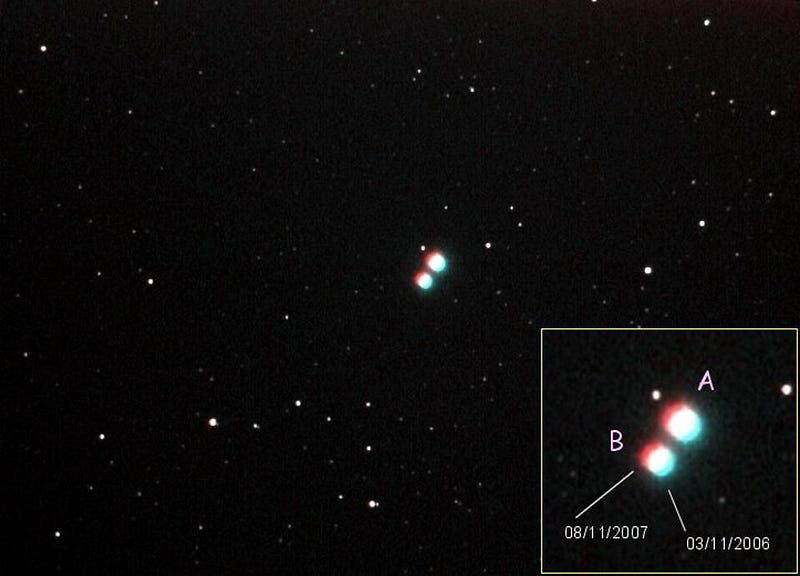
Still, Aristarchus was able to make important advances. He was able to set his heliocentric ideas aside, instead using light and geometry within a geocentric framework to concoct the first method for measuring the distances to the Sun and the Moon, and hence to also estimate their sizes. Although his values were way off — mostly due to “observing” a dubious effect now known to be beyond the limits of human vision — his methods were sound, and modern data can accurately leverage Aristarchus’s methods to calculate the distances to and sizes of the Sun and Moon.
In the 16th century, Copernicus revived interest in Aristarchus’s heliocentric ideas, noting that the most puzzling aspect of planetary motion, the periodic “retrograde” motion of the planets, could be equally well-explained from two perspectives.
- Planets could orbit according to the geocentric model: where planets moved in a small circle that orbited along a large circle around the Earth, causing them to physically move “backward” at occasional points in their orbit.
- Or planets could orbit according to the heliocentric model: where every planet orbited the Sun in a circle, and when an inner (faster-moving) planet overtook an outer (slower-moving) one, the observed planet appeared to change direction temporarily.

Why do the planets appear to make retrograde paths? This was the key question. Here we had two potential explanations with vastly different perspectives, yet both were capable of producing the phenomenon that was observed. On the one hand, we had the old, prevailing, geocentric model, which accurately and precisely explained what we saw. On the other hand, we had the new, upstart (or resurrected, depending on your perspective), heliocentric model, which could also explain what we saw.
Unfortunately, the geocentric predictions were more accurate — with fewer and smaller observational discrepancies — than the heliocentric model. Copernicus could not sufficiently reproduce the motions of the planets as well as the geocentric model, no matter how he chose his circular orbits. In fact, Copernicus even started adding in epicycles to the heliocentric model to try and improve the orbital fits. Even with this ad hoc fix, his heliocentric model, although it generated a renewed interest in the problem, did not perform as well as the geocentric model in practice.
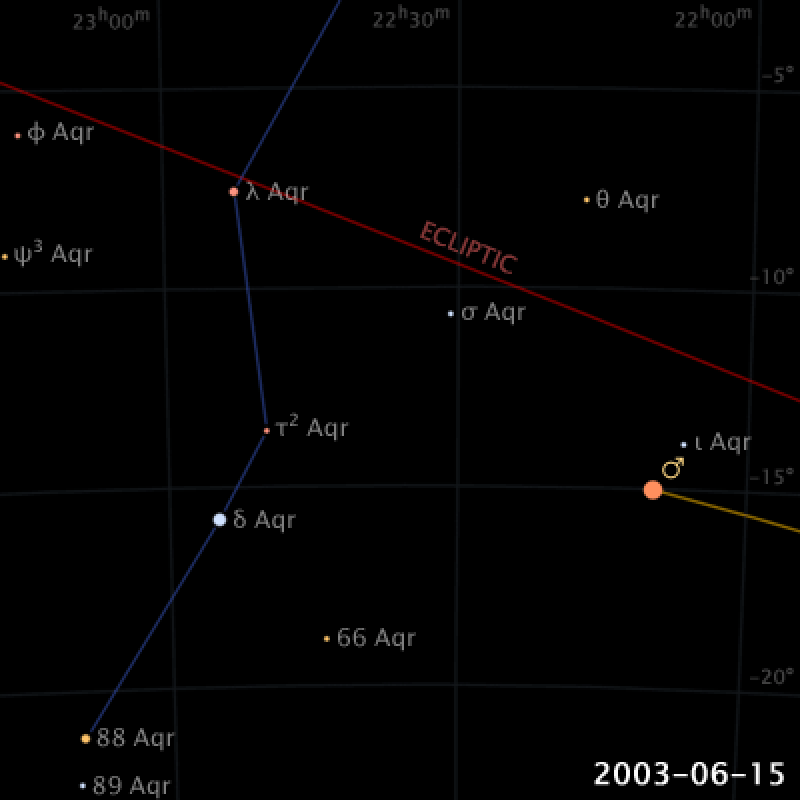
The reason it took so long to supersede the geocentric model of the Universe, close to 2000 years, is because of how successful the model was at describing what we observed. The positions of the heavenly bodies could be modeled exquisitely using the geocentric model, in a way that the heliocentric model could not reproduce. It was only with the 17th century work of Johannes Kepler — who tossed out the Copernican assumption that planetary orbits must be reliant on circles — that led to the heliocentric model finally overtaking the geocentric one.
What was most remarkable about Kepler’s achievement wasn’t:
- that he used ellipses instead of circles,
- that he overcame the dogma or groupthink of his day,
- or that he actually put forth laws of planetary motion, instead of just a model.
Instead, Kepler’s heliocentrism, with elliptical orbits, was so remarkable because, for the first time, an idea had come along that described the Universe, including the motion of the planets, better and more comprehensively than the previous (geocentric) model could.

In particular, the (highly eccentric) orbit of Mars, which was previously the biggest point of trouble for Ptolemy’s model, was an unequivocal success for Kepler’s ellipses. Under even the most stringent of conditions, where the geocentric model had its greatest departures from what was predicted, the heliocentric model had its greatest successes. That’s often the test case: look where the prevailing theory has the greatest difficulty, and try to find a new theory that not only succeeds where the prior one fails, but succeeds in every instance where the prior one also succeeds.
Kepler’s laws paved the way for Newton’s law of universal gravitation, and his rules apply equally well to the moons of the Solar System’s planets and to the exoplanetary systems we have in the 21st century. One can complain about the fact that it took some ~1800 years from Aristarchus until heliocentrism finally superseded our geocentric past, but the truth is that until Kepler, there was no heliocentric model that matched the data and observations as well as Ptolemy’s model did. It wasn’t groupthink that was the problem, nor dogma that prevented anyone from considering the alternatives. The key problem was the unequaled success of the Ptolemaic model, and as soon as a new model proved more successful, the old one was swiftly replaced by scientists worldwide.
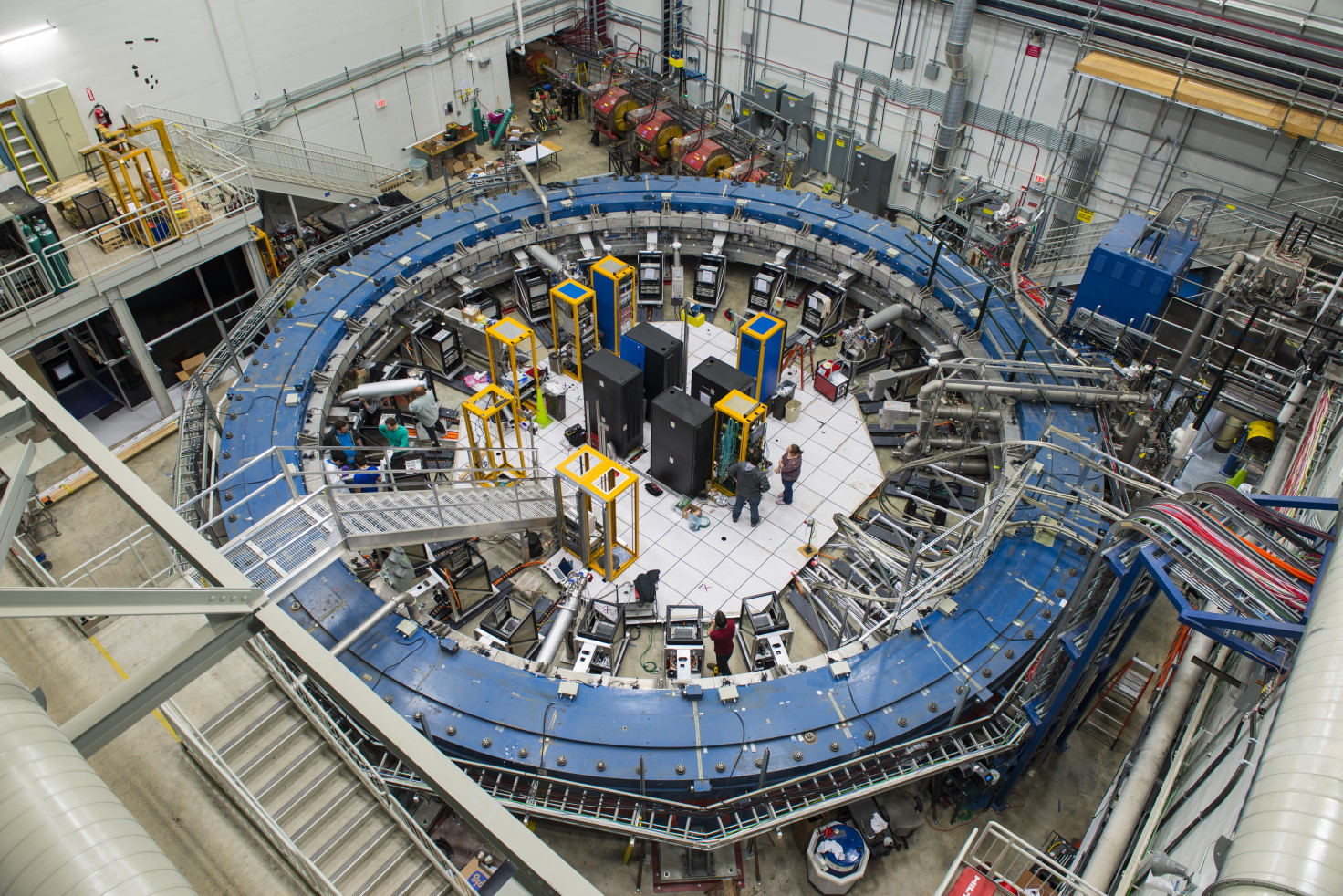
It’s vital to remember that the only reason this scientific revolution occurred at all is because there were “cracks” in the already existing theory: where observations and predictions failed to align. Whenever this occurs, that’s where the opportunity for a new revolution may arise, but even that is not guaranteed. Are dark matter and dark energy real, or is this an opportunity for a revolution? Do the different measurements for the expansion rate of the Universe signal a problem with our techniques, or are they an early indication of potential new physics? What about non-zero neutrino masses? Or the muon g-2 experiment?
It’s important to explore even the most wild possibilities, but to always ground ourselves in the observations and measurements we can make. If we ever want to go beyond our current understanding, any alternative theory has to not only reproduce all of our present-day successes, but to succeed where our current theories cannot. That’s why scientists are often so resistant to new ideas: not because of groupthink, dogma, or inertia, but because most new ideas never clear those epic hurdles. Whenever the data clearly indicates that one alternative is superior to all the others — but never before that point — a scientific revolution is inevitably sure to follow.
